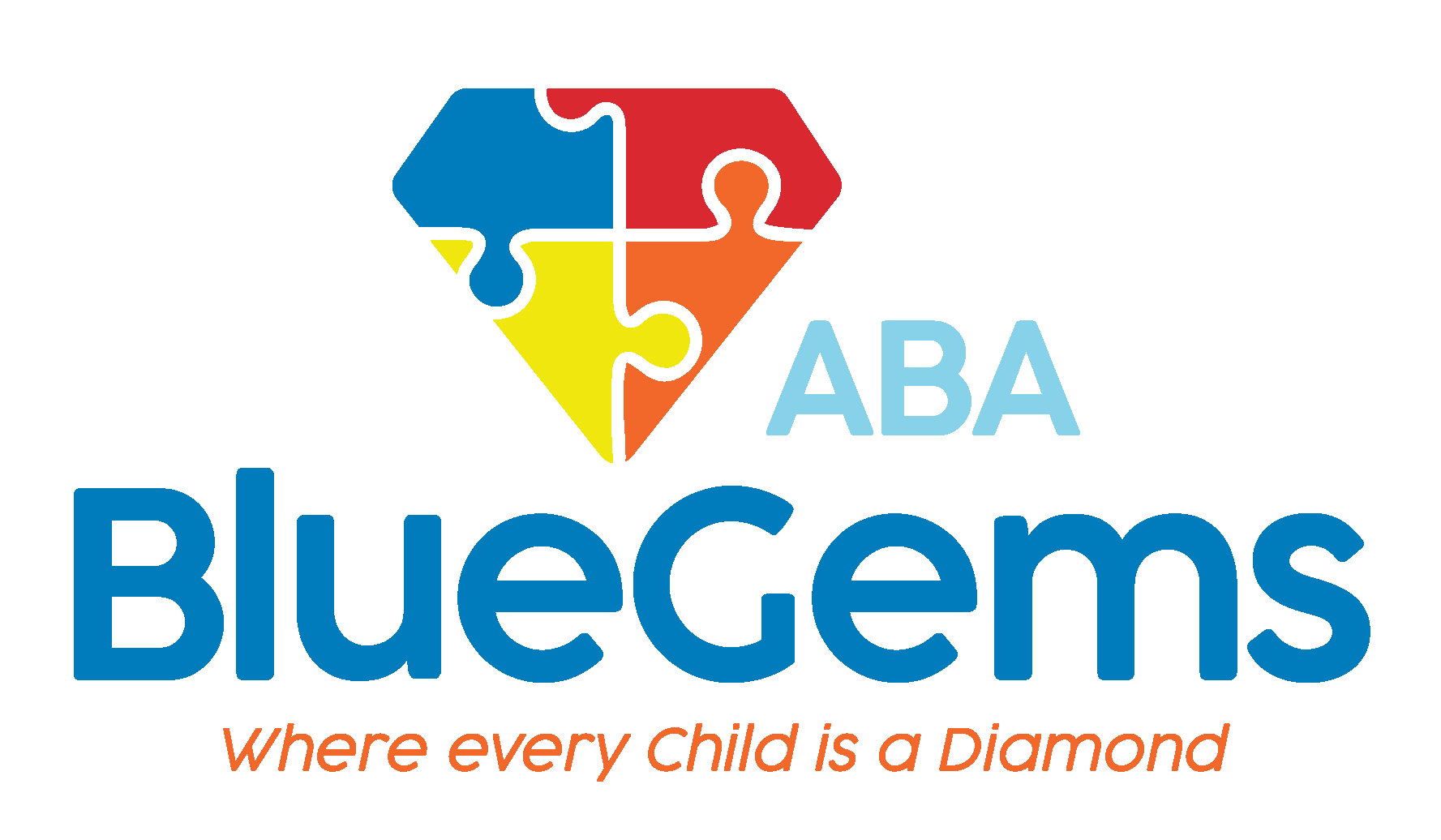Playing Pretend and Autism: Why Do Children with Autism Struggle with Pretend Play or Imitation?
Children go off into magical worlds, blurring imagination with reality in what is called pretend play. It’s truly a pleasure to watch children having fun exploring and acting out different scenarios this way, but pretend play is also a crucial component of cognitive growth.
Pretend play helps to shape the foundation of children’s minds. It helps them learn, interact with others and experiment all at the same time.
Yet, children who have autism spectrum disorder (ASD) may struggle with pretend play. Helping children with autism build their skills and confidence in this realm is essential, as it will lead to them having better interactions as they get older.
Below, we’ll discuss why children with autism struggle with pretend play, and how that can be addressed through applied behavioral analysis, or ABA therapy.
Table Of Contents
Why Do Children with Autism Struggle with Pretend Play?
There are a number of reasons why children with autism may struggle with pretend play.
First, they commonly struggle with social interactions. A large part of pretend play, of course, is interacting with other children. This requires them to learn how to take turn, how to understand specific roles, how to engage in back-and-forth communication and more.
While this might seem natural to neurotypical children, it’s not as easy for children with autism. Not only that, but children with ASD often struggle with non-verbal communication such as gestures, facial expressions and gazes — all things that are a big part of pretend play.
Second, many children on the autism spectrum experience sensory sensitivities. They may adversely react to certain sensory stimuli, including loud noises, strong odors, bright lights or certain textures.
All of this could make pretend play difficult, as they are exposed to many different sensory inputs all at one. This could make them feel overwhelmed and not be able to engage in pretend play.
Finally, many children with ASD have thinking patterns that are quite literal. Pretend play, meanwhile, requires children to be symbolic thinkers — using actions or objects to represent something that is different than what it literally is.
Because of this, children with autism may not understand pretend play, because their mind doesn’t know how to fully grasp it.
How Can Children with Autism Be Taught Pretend Play?
ABA therapy, which is considered the gold standard of treatment options for children with autism, can do wonders for building the skills needed for pretend play.
This science- and evidence-based approach to learning and behavior uses positive reinforcement and repetition to teach skills and help children modify their behaviors in certain situations.
In terms of pretend play, there are a number of strategies that ABA therapy will use to teach skills. This includes …
- Modeling Behaviors: Children on the autism spectrum learn well when they can observe and imitate. ABA therapists will show them the basics of pretend play, and they can learn that way.
- Small Steps: A core tenet of ABA therapy is breaking tasks down into smaller, individual steps, making it easier for children with autism to understand. This can start as simple as showing them how to stack blocks on top of each other. Learn more about the baby steps of ABA Therapy
- Visual Cues: Visual cues are a huge part of ABA therapy. They help children with autism learn play skills, as they are often visual learners.
- Positive Reinforcement: As children successfully exhibit the behaviors and skills necessary for pretend play, they will receive rewards. This can be extra time with a toy they love, or even just extra praise.
- Personalization: Another key part of ABA therapy is personalizing the treatment plan to each individual child’s unique strengths and challenges. In this way, the ABA therapist can cater the pretend play to something that the child is interested in. This will help motivate them to want to engage in the activity.
Another great aspect of ABA therapy is that it integrates parents, caregivers and other family members into the process. This helps to ensure that the skills that are taught in sessions are able to be carried over into real-world scenarios long after sessions are over.
Doing so makes the therapy more successful, which is the ultimate goal of the treatment.

Trust Blue Gems ABA with Your Child’s Treatment
Children with autism often struggle with pretend play, but they can build the skills and confidence to engage in this crucial developmental activity over time. The best way to do that is through ABA therapy.
At Blue Gems ABA, we have a team of experienced BCBAs who cater ABA therapy treatment plans to each individual patient’s unique strengths and challenges, helping them build the social, communication and daily life skills they often struggle with so they can engage in pretend play and many other things.
To learn more, please contact us today.




